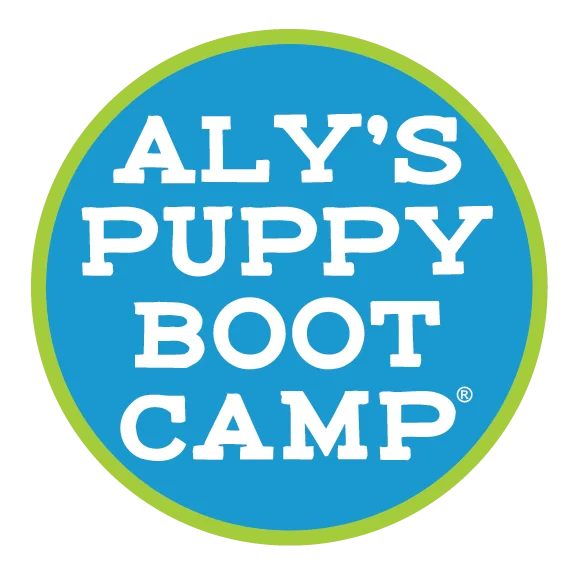To kick things off, let’s be real: tiny teeth might be cute at 8 weeks old, but by the time your pup hits 3 or 4 months, those chompers lose their charm—fast. There are bites… and then there are bites.
Understanding what kind of biting your puppy is doing is step one to knowing how to fix it. Is it playful? Protest? Defensive? Puppy mouths are a dog’s first tool for exploring, playing, and reacting—but that doesn’t mean it’s open season on your hands, feet, or sleeves.
Boundaries matter. So does motivation. Let’s dive into what’s really going on—and how to redirect those teeth toward calmer, more respectful choices.
Play Biting: All Fun Until It’s Not
If your pup nips during petting or play, the best defense is a good offense:
- Walk away. No yelling. No scolding. Just remove your attention. The fun stops when the teeth start.
- Use treats as a distraction during affection. Feed tiny bits from the opposite hand while petting.
- Keep play from getting too amped up. If your pup starts biting at clothes, shoes, or kiddos, that’s your signal: they’re overstimulated. Time to tone it down.
- Leashes are your secret weapon here. They allow quick intervention. Redirect the pup to a toy or reset their energy.
- Use interrupters with great timing: a squirt of bitter apple, a shaker can, or a puff of air from a Pet Convincer.
Then follow up with redirection—like switching locations or giving a different toy.
Protest Biting: “I Don’t Want To!”
This is your pup saying “no thanks” when you:
- Try to move them from a favorite spot
- Take something from their mouth
- Interrupt their activity
Often, this happens when puppies are overtired. Solution? Crate time.
- Offer trades instead of yanking items away
- Use a leash to guide them
- Avoid poking or prodding sleepy pups—let resting dogs lie!
Defensive Biting: Fear-Based Nips
This type of bite often surprises people—but it’s more common than you think.
- A scared pup cornered in a tight space may snap at a child reaching in
- Your job? Give space. Take pressure off.
- Don’t stare or reach toward the dog. Take a step back.
Then wait. Let the puppy come to you. When they do? Praise, treat, and reward.
Start Bite Inhibition Training on Day One
Bite inhibition is your puppy’s ability to control how hard they mouth. In the wild, they learn this from littermates:
- One pup bites too hard → the other yelps → play stops
- Offending pup is surprised → adjusts pressure next time
They can learn the same lesson from us.
Try the Food Game:
- Offer food in a closed fist
- Gentle pup? Open and feed.
- Rough pup? Keep it closed.
- REALLY rough? One quick flick to the nose, then pause. When calm returns, reward.
This teaches that gentleness opens doors. Rudeness shuts them.
General Guidelines & Precautions
- Don’t tease your pup with fingers or toes. No slapping the sides of their face. That’s just asking for trouble.
- Play with purpose! All games should have rules. Want to see Purposeful Play in action? Check out our other blog posts or Aly’s Insider Community.
- Don’t yank your limbs away when they mouth. Go still. Go boring.
- Make sure your puppy has:
- Enough physical exercise
- Enough mental enrichment
- Plenty of rest!
Because tired puppies make better choices. And structured puppies make sane, safe companions.
Final Thoughts
Biting is normal—but it’s not inevitable.
You’ve got what it takes to lead your pup toward better decisions. Just like every good habit, it takes structure, leadership, and timing.
Say what you mean. Mean what you say. And remember—you don’t have to be mean to mean it.
Let’s raise pups who choose gentleness because they trust the leader beside them.
You’ve got this. And I’ve got your back.
